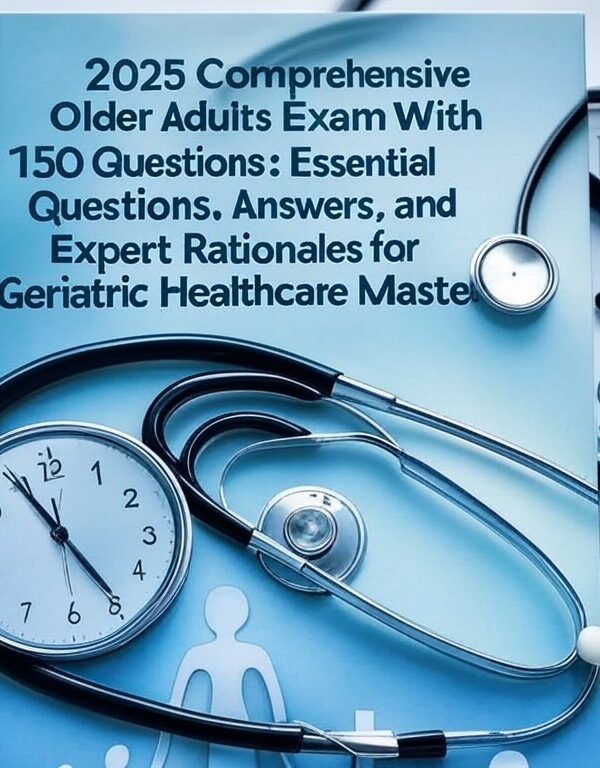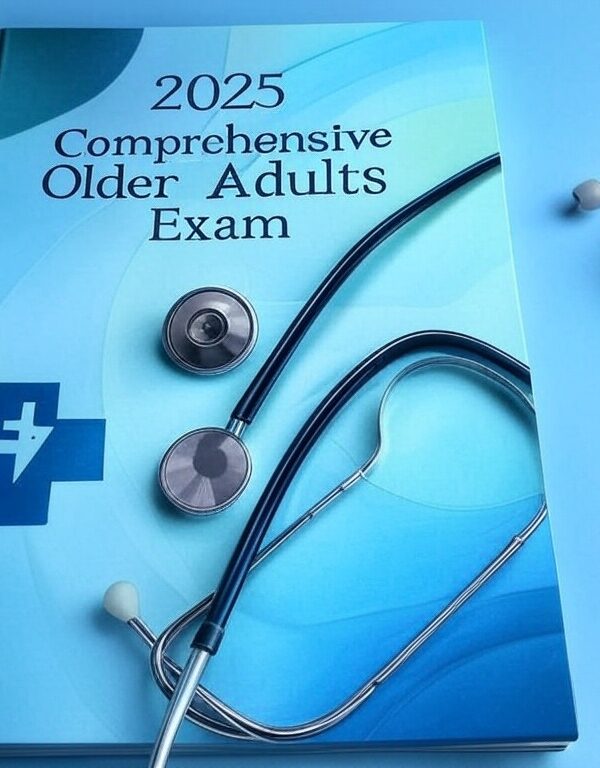-
Full study guide for 2025 HESI Comprehensive Exam
-
Practice questions with accurate answers
-
Covers all essential topics for nursing students
-
Enhances understanding for RN candidates
-
Boosts confidence for exam success
Preview
The nurse is performing a sterile change of an abdominal dressing. Once the dressing has
been removed and discarded in a waterproof bag, which action should the nurse take next?
Assessing the wound
Donning sterile gloves
Cleansing the wound
Setting up the sterile field – – correct ans- -Assessing the wound
Rationale: View video. The nurse next assesses the wound for size; redness; swelling; and
amount, color, odor, and type of drainage, if drainage is present. When performing a
dressing change, the nurse dons clean gloves and removes the old dressing; checks the
dressing for drainage, noting the amount, color, and odor if drainage is present; and discards
the gloves and dressing. Next the nurse washes the hands and sets up the sterile field; dons
sterile gloves; cleanses the wound with solution as prescribed, moving from the least to the
most contaminated area; and redresses the wound. If a drain is present, the nurse applies
additional layers of gauze as needed.
A client receiving parenteral nutrition (PN) suddenly experiences chest pain and dyspneal,
and the nurse suspects an air embolism. The nurse immediately places the client in a lateral
Trendelenburg position, on the left side. What action does the nurse take next?
Auscultating heart sounds
Clamping the intravenous catheter
Checking the client’s blood pressure
Obtaining an arterial blood gas specimen – – correct ans- -Clamping the intravenous catheter
Rationale: The nurse next clamps the intravenous catheter and notifies the primary health
care provider. The signs/symptoms of air embolism include chest pain, dyspnea, and
hypoxia. Tachycardia and hypotension will also be present, and the client will experience
anxiety. The nurse will also hear a loud churning sound on auscultation over the
pericardium. The nurse immediately places the client in a lateral Trendelenburg position, on
the left side. This position prevents air from flowing into the pulmonary veins. Although
auscultating heart sounds, checking the client’s blood pressure, and obtaining an arterial
blood gas specimen may be appropriate interventions, none is the next action to take after
positioning the client.












Reviews
There are no reviews yet.